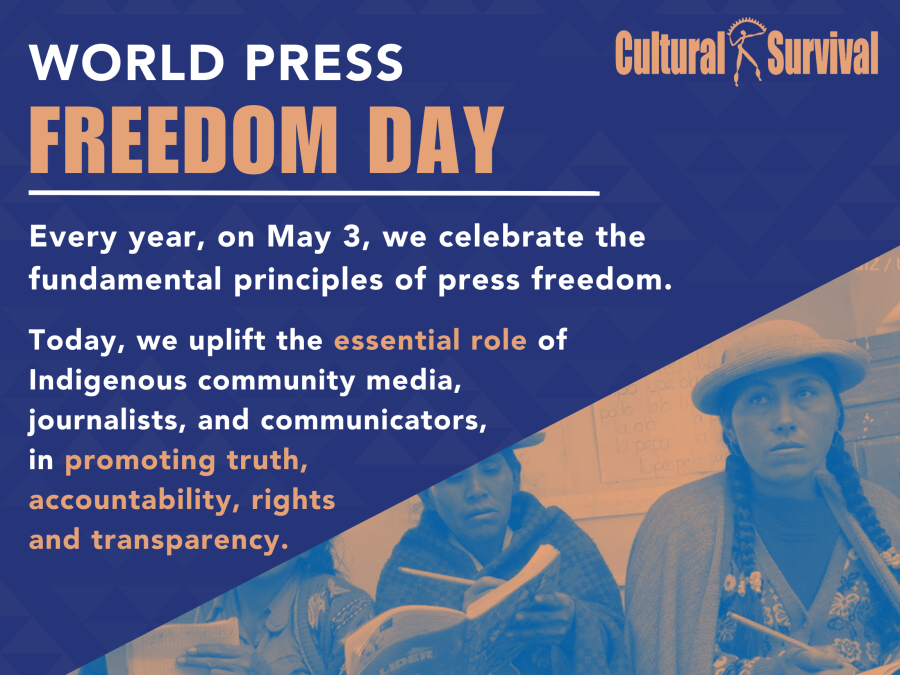There is a debate among feminists as to whether industrialization is "good for women." Industrialization offers the chance for at least some women, especially poorer women, to get out of the home, to break away from the stifling constrictions of domestic patriarchy. For example, while working in a textile mill (in Massachusetts, Manchester or Hong Kong) may bring hardship, it does offer women the opportunity to join a larger collective of workers and to earn wages independently. Some observers of the influx of Third World women into factories in countries such as Taiwan, Hong Kong, South Korea, El Salvador, Tunisia and Brazil mix their short term worries about the exploitative working conditions these women endure with a longer-term faith that such employment eventually will spawn women's liberation.
Other observers are not so sure. When they look at how women are recruited into some factories but not others and into some jobs but not others, they see the patriarchal restrictions on women's capacity to control their own lives being merely modernized, not overturned.
Factory Women in the Third World - Why now?
The creation of a Third World female industrial work force "took off" in the 1960s and by the 1980s was a major phenomenon in dozens of Asian, Latin American and African societies. The timing can be traced to a convergence of anxieties in the minds of different groups of men.
First, the executives of certain types of manufacturing companies began to worry about the increasing unionization of their own previously unorganized women workers and the consequent pressures for better working conditions and more reasonable wages. These companies operated in some of the most intensely competitive industrial sectors and survived by substituting cheap labor for expensive equipment. Top priority was given to minimizing labor costs. In fact, minimizing labor costs was the chief reason why factory workforces were women in the first place. Once women constitute most of the labor force the next move is to replace English women with Hong Kong women or Alabama women with Haitian women. The firms that deliberately adopted these labor practices were manufacturers of toys (a big business today), textiles, garments, footwear, electronics and processed foods.
At about the same time international lending and aid agencies such as the International Monetary Fund urged elites in Third World countries to increase the production of foreign financed industrial goods for export in order to offset their increasing imbalances of payments - imbalances that were growing in the 1970s due to the higher price of imported oil, private purchases of foreign luxury goods for local elites and government purchases of expensive weaponry to bolster nervous regimes. Out of these discussions - typical all-male affairs - came the formula for development now referred to as Export Processing Zones (EPZs). The government of the Philippines, for example, would agree to put out the money to create the infrastructure (roads, electricity, sewers) for an industrial zone, typically located near a deep water port or international airport. In addition, a government competed to offer attractive lax incentives to lure foreign companies to invest in its country. Finally, the host government usually guaranteed the companies' security, a process allegedly made easier by the physical confines of the EPZ itself. For their part, incoming garment, toy or electronics company executives were committed to producing for overseas markets, thus helping the government reduce its imbalance of payments and mollify foreign agencies on which it relied for grants or loans.
The entire formula, however, was built on sexist assumptions: that labor-intensive firms needed female workforces, that women were docile and passive and thus less of a security risk, and that women were available.
Personnel Directors, Fathers and Daughters
One of the greatest flaws in the argument that industrialization leads to women's liberation is its neglect of the status of the woman who leaves home to enlist as a textile worker or micro-chip assembler. Studies have found that, more likely than not, she goes to work in the factory as a daughter, not as an independent, freewheeling New Woman.
It is what goes on outside the factory gate which often determines when or if industrial waged work does anything to augment a woman's sense of worth, health or control. Recruitment processes are a good place to begin. Foreign managers who work closely with government agencies in recruiting women workers for local, male elites are often wary of "their" women being enlisted as factory workers. They fear that they might be accused of being the instigators of moral degeneracy and family disloyalty. Consequently, women workers - many of them in their teens and thus especially vulnerable to social stigmatizing - are recruited under implicit pacts made between company personnel officials, village elders or clergy and fathers. Guarantees must be given - though not always fulfilled - that the girls and women will stay "pure" and thus marriageable.
The fathers - and mothers - of girls who work in Third World factories are ambivalent about their daughters going off to work for Levis or Mitsubishi. While they fear the loss of control over their daughter, they are usually in desperate financial straits. Often they have no land to cultivate, or they cannot cope with the indebtedness that now comes with peasant cultivation in many countries. They need cash. Women in the multiplying Export Processing Zones must be thought of in this context of family and agricultural politics.
Sexual Divisions of Labor
Inside the factory gates, Third World women are slotted into areas that demand the least training and lowest pay. But even within this sector there are gendered hierarchies of reward and status. Women make up an estimated 70 percent or more of all EPZ factory workforces; but they are concentrated in the "unskilled" and "semi-skilled" job categories, categories which managers, not workers, define and redefine. There are Filipina women, for instance, who are taught only how to stitch Levi's famous back pocket trademark stitch and nothing more. There are few opportunities for these women to acquire more skills or pay.
Moreover, many American, European and Japanese managers (and growing numbers of local "joint venture" male entrepreneurs) lay off women when they marry or become pregnant, thus saving the company the higher wages that would be paid to more experienced women employees.
New research on U.S.-sponsored population control programs in Puerto Rico has indicated, however, that when governments and company planners believe that there is a shortage of female labor for low-paying factory jobs, they will deliberately institute female sterilization programs in order to make more women available for hire. During the 1950s and 1960s birth control centers were set up inside Puerto Rico's then-flourishing garment factories.
Because of the low level of training that they typically obtain in factory jobs and their often forced high rates of turnover, Third World women factory workers suffer from acute job insecurity at a time when they may be the chief cash earners for their rural-based families. When foreign headquartered executives decide to move their assembly plant from Taiwan to Sri Lanka, or from Mexico to Costa Rica because of attractive tax holidays and even "cheaper" female labor, the women who lose their jobs are faced with few alternative employment prospects. Some women caught in this situation are forced into prostitution.
Health Hazards
While getting and keeping a job - even a poorly paid one - may be of utmost concern to a Third World woman factory worker (and the men, women and children depending on her paycheck), there is a growing concern about the physical costs of such jobs. Women working in electronics assembly plants have reported serious eye damage due to prolonged periods of squinting through microscopes checking minute parts for defects. Women working in textile and garment factories have reported respiratory illnesses due to inadequate ventilation systems. One of the reasons that one sees so few older women on these factory lines (a 24-year-old woman is likely to be called "grandma" by her co-workers) is not only because management retires child-bearing workers, but also because of the prevalence of debilitating diseases which force women to quit at an early age.
Women face health hazards in many kinds of employment, but the added danger in Third World plants of First World companies is that there is no organized labor movement to compel governments and companies to be more responsible.
Resistance
Despite all the obstacles and pressures Third World women deal with, there have been attempts at organization and resistance - not always with the full support of male co-workers. Since 1980, in South Korea, the Philippines and Sri Lanka, women in Export Processing Zone factories have carried out industrial actions to press companies to improve working conditions. Companies, in turn, have looked to the local governments' security forces to quash these actions. These protests have come as an unpleasant surprise to industrial planners. It has sparked some hasty reassessments not only of the long-range utility of the EPZs but, more fundamentally, of official assumptions about women that underlie the EPZ formula.
In addition, women in a number of Third World countries have begun to communicate in meetings and through newsletters. They have begun to trace the connections between foreign investors' patriarchal assumptions and the sexist notions of their own local officials. They have also started to reveal the connections between women's lack of reproductive rights, women's marginalization in agriculture, women's exploitation in prostitution-tourism and the effects on women of local and imported military build-ups. This suggests that to understand the experiences of Third World women working in foreign controlled factories we will need to keep our eyes on what goes, on outside, as well as inside, the factory gates.
Article copyright Cultural Survival, Inc.



